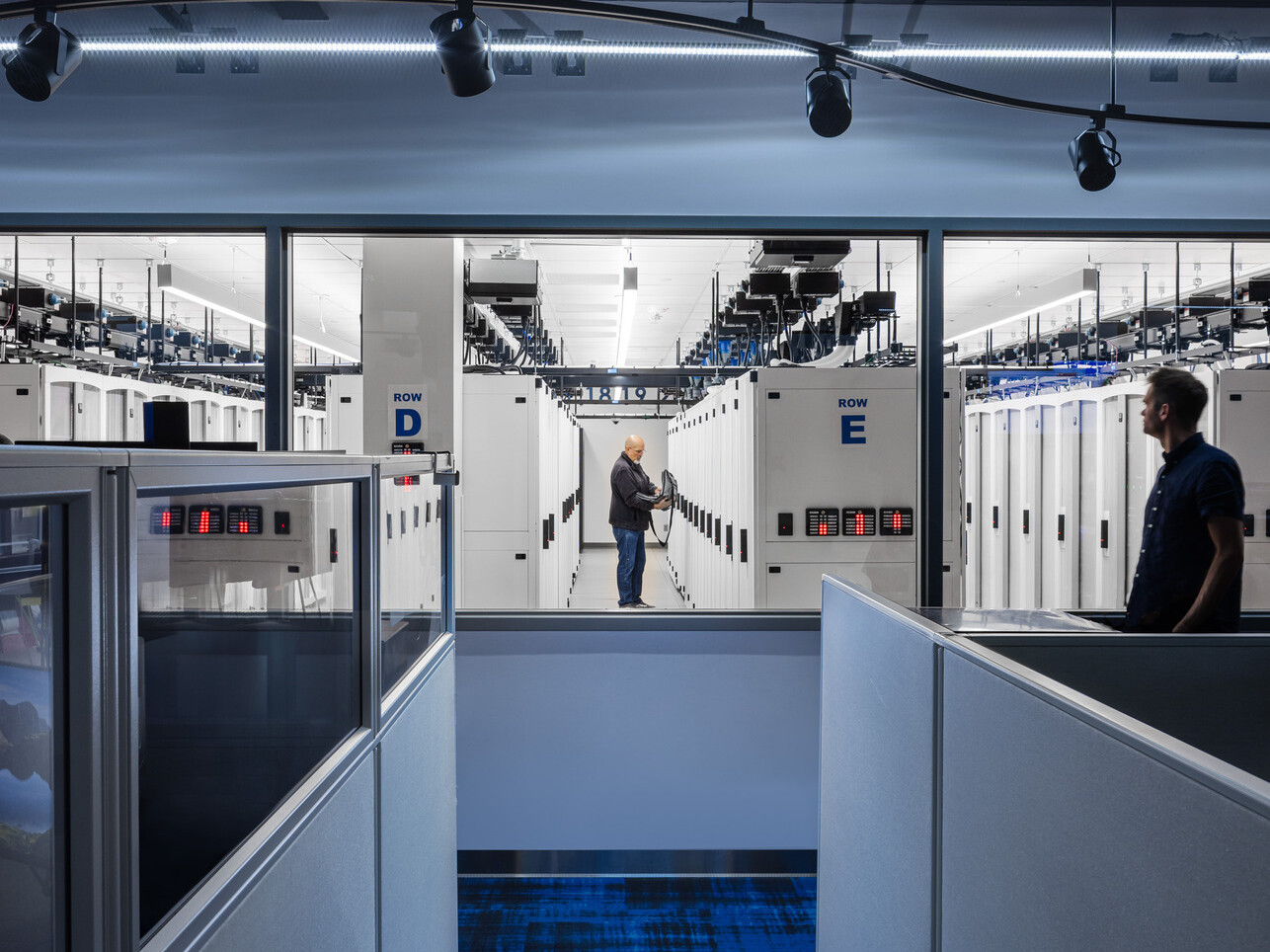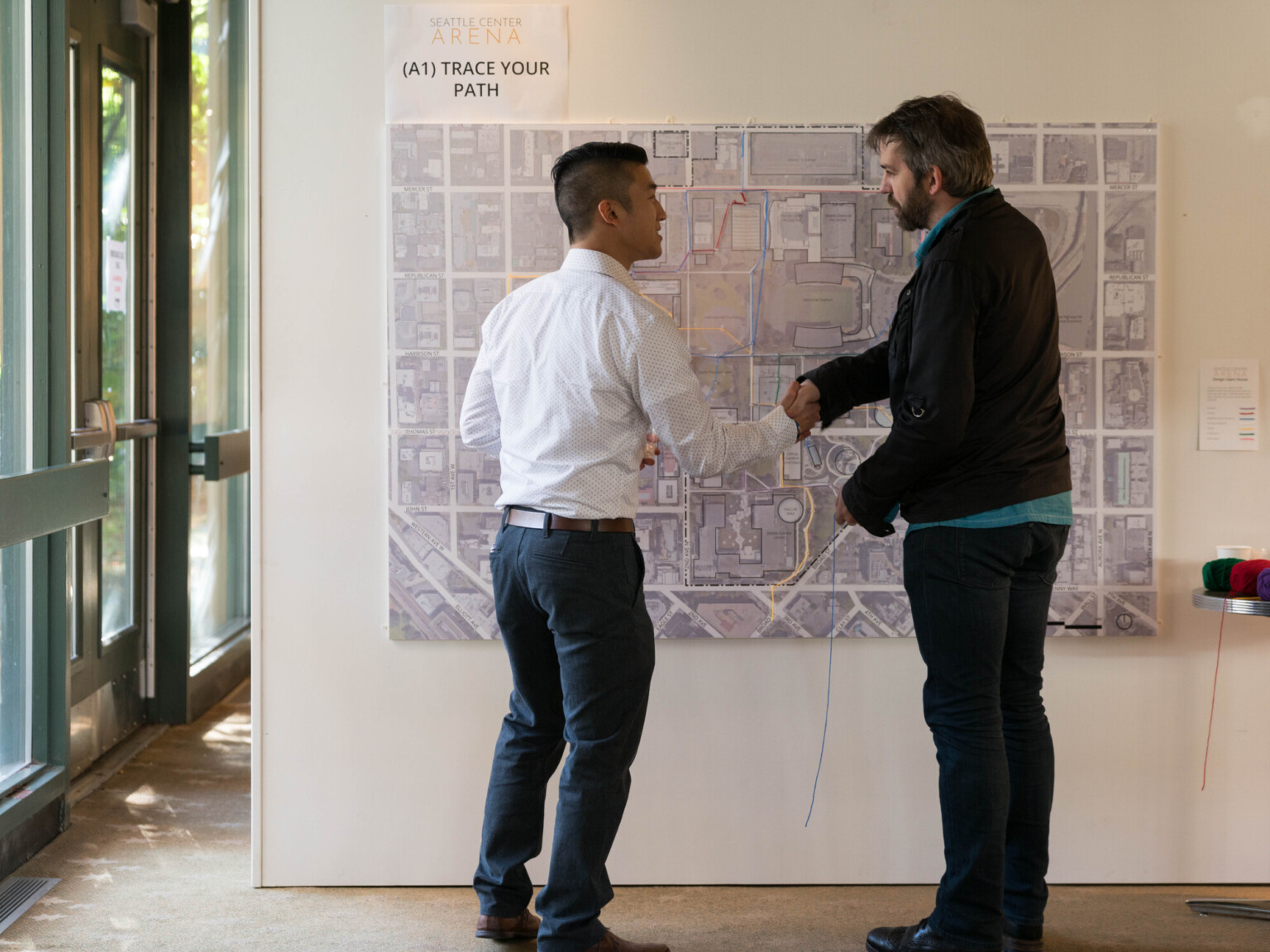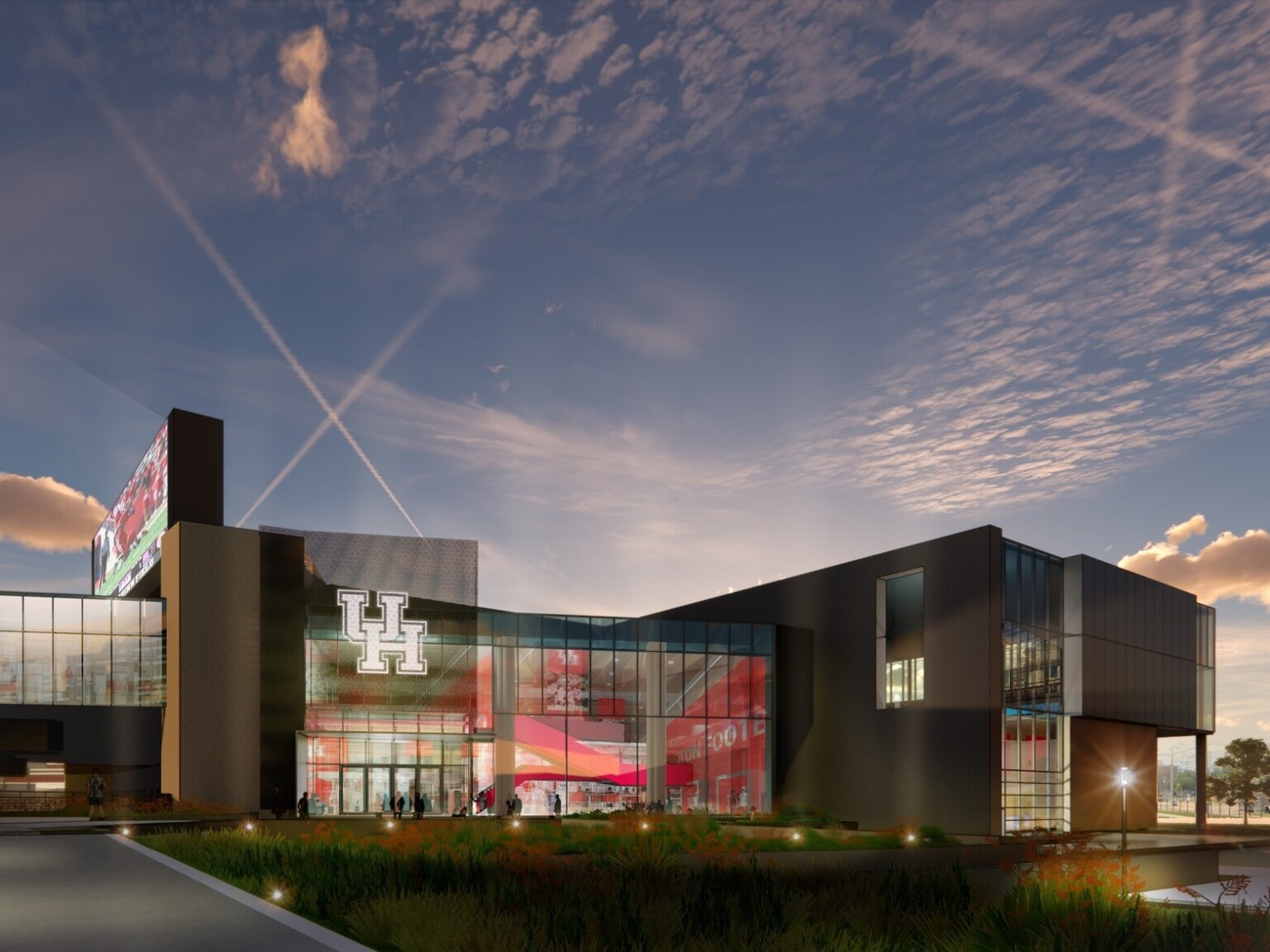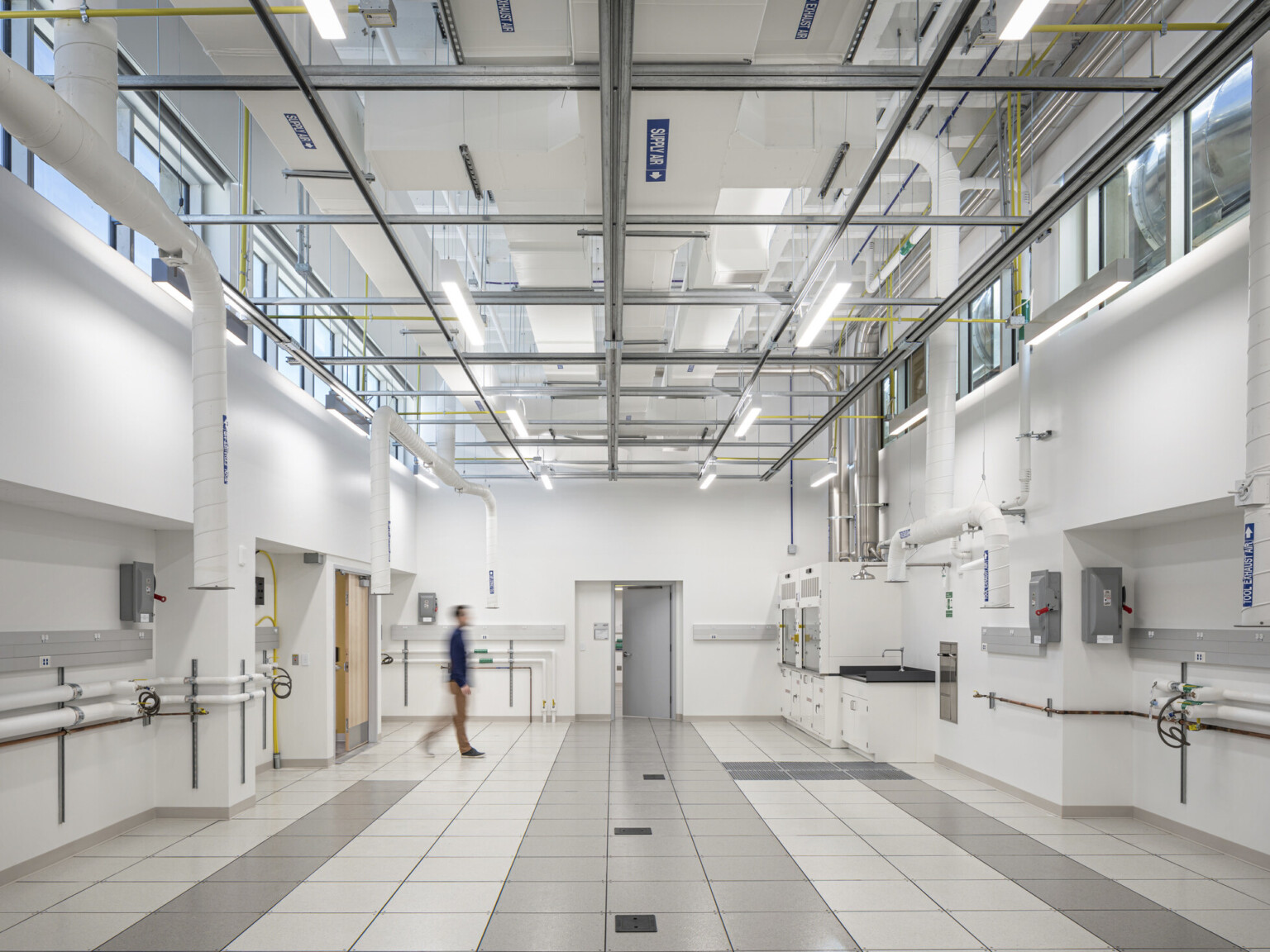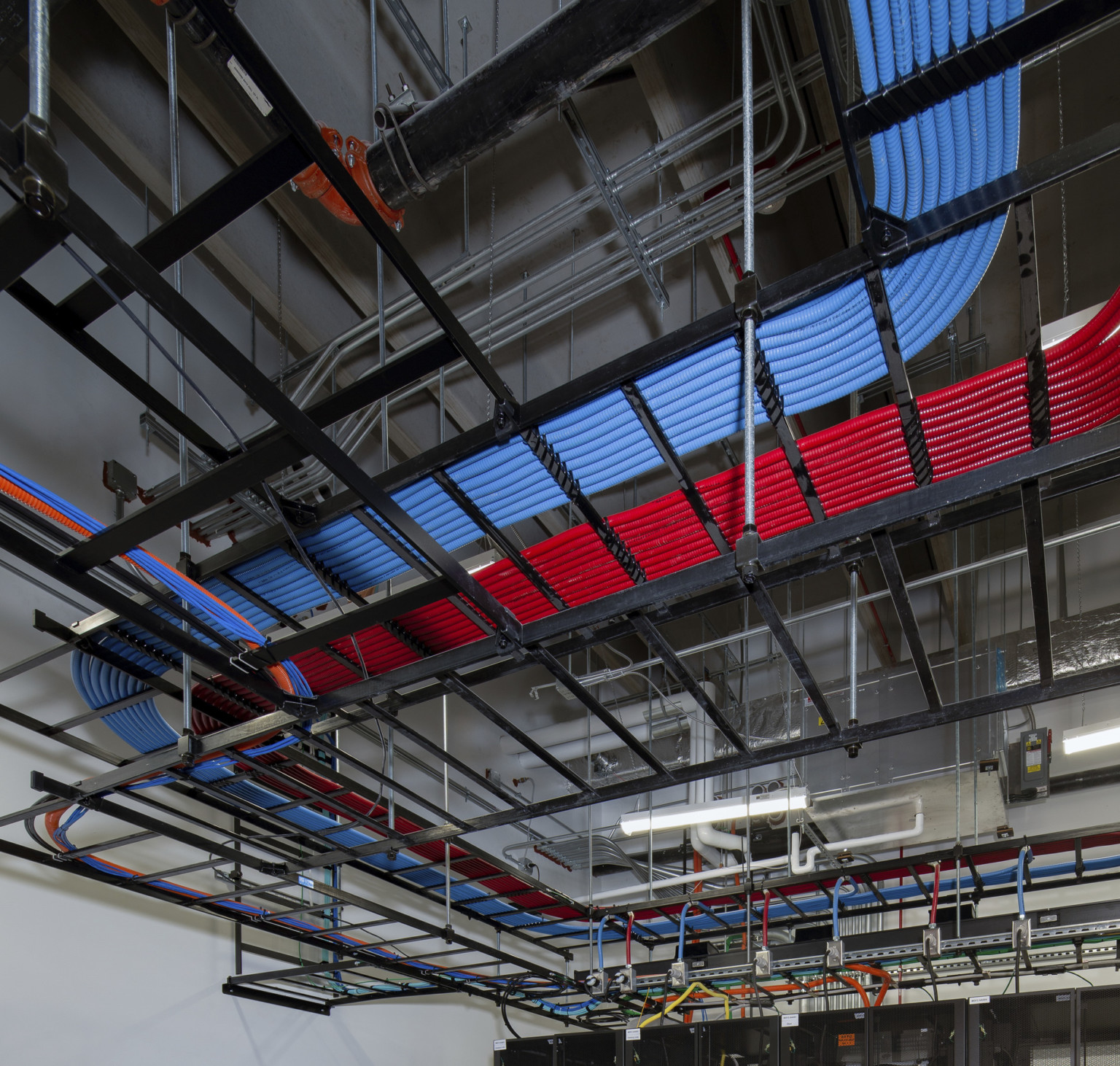
Data Center Design for Today and Tomorrow
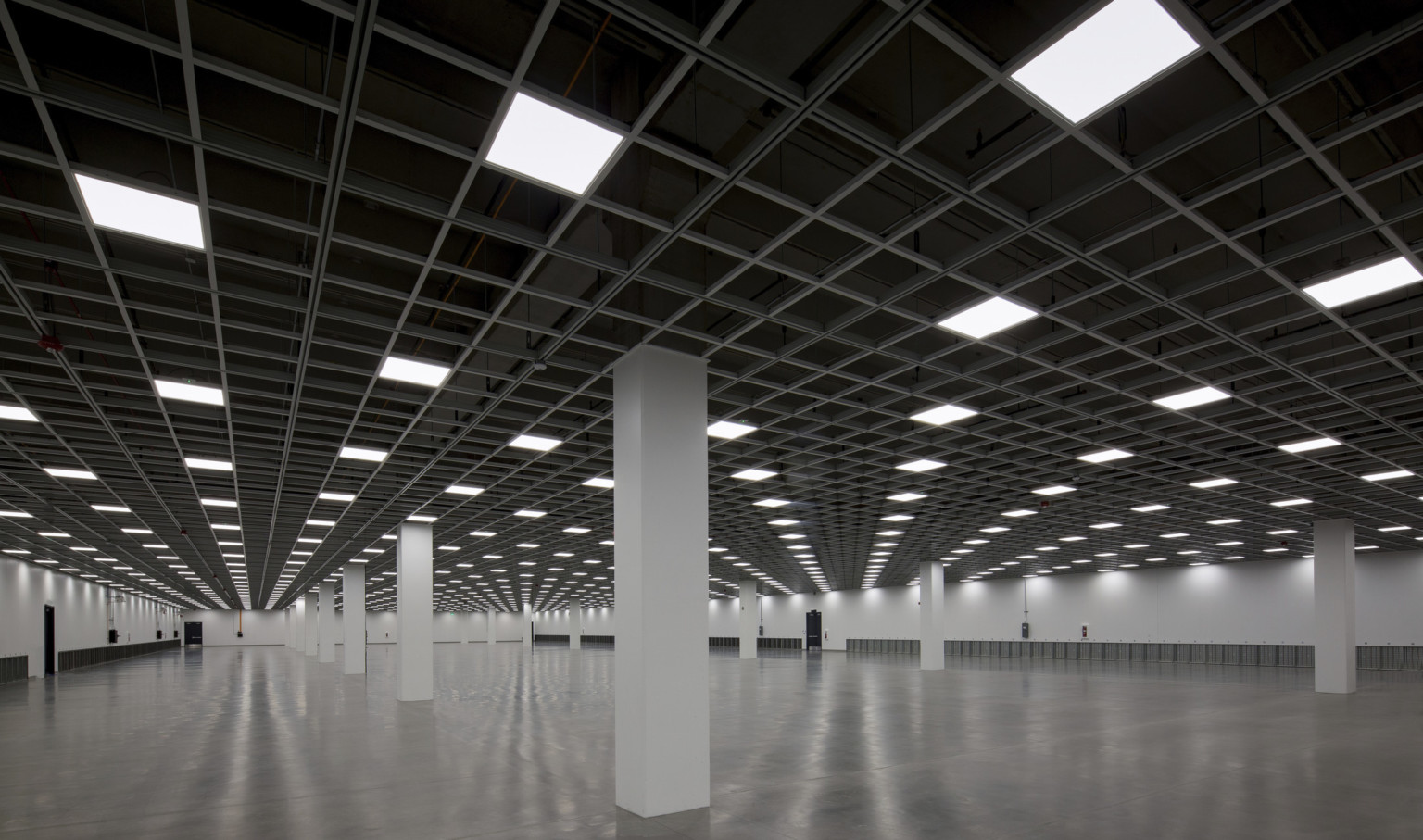
What’s Now?
Reliability
With today’s economy, outages are more expensive. Costs are expected to escalate with more cloud applications and a business sector that is continuing to move to cloud and hybrid models. Systems can be designed with a number of redundancies keeping resiliency and reliability in the forefront. Some however are not designing high tier buildings in lieu of distributing data storage and processing. Due diligence on site selection and needs can be the start of discovery where this need lies.
Scalable for Future Capacities
Data centers can’t be designed just for today’s needs. Designing for future technologies includes designing modular systems allowing scalable computing power to be brought online as the capacity at a site grows. Modeling how a building will function helps to determine how to most efficiently power and cool the building and the processes. Preparing for denser racking requires flexible and adaptable cooling methods and advanced designs.
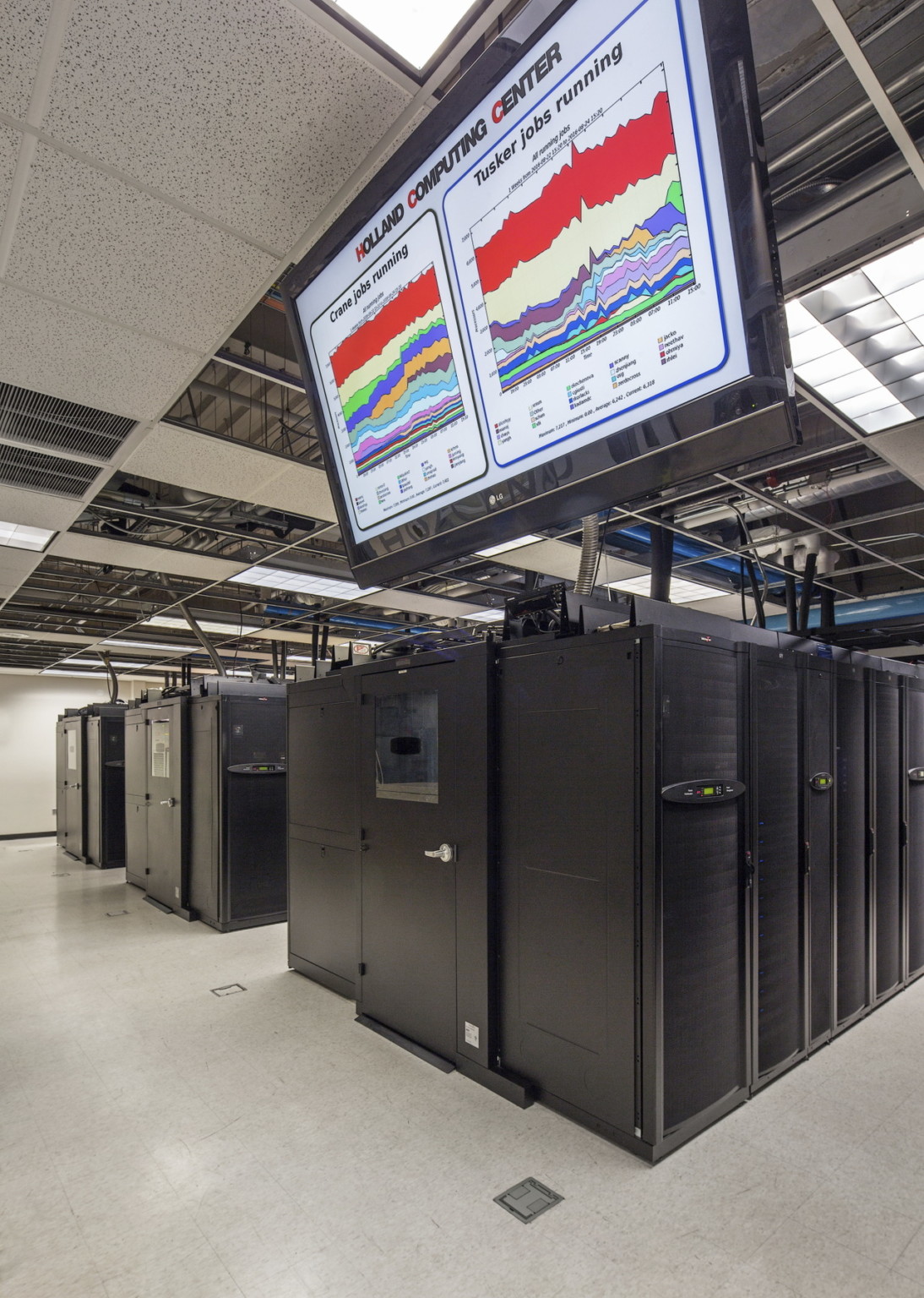
What’s Next?
Keeping and Attracting Skilled Talent
With the expanding footprint of the digital world comes an increase in building data centers and therefore a growing need for trained operators and managers. With a skills shortage and strong competition for top talent attracting and retaining qualified staff will remain a key focus. Staff who may need to travel between sites will want to know their way around each of the buildings so they can concentrate on their task at hand. Staff enjoy the creature comforts that come along with a familiar workplace and an understanding of operational systems. Corporate branding can be used to enhance the experience for existing staff as well as entice new talent.
Supply Chain and Industry Challenges
The industry is experiencing both high demand and lingering supply chain problems. This has the potential to impact on-time and on-budget delivery of a building. By creating standards and determining the “kit of parts” for your data center, we can streamline equipment selection and procurement and jump to the front of the line for material manufacturing and distribution.
Environmental, Social, and Corporate Governance Reporting
Carbon emission and ESG reporting are expected to be requirements in the near future. As a whole, data centers may only account for 0.4% to 0.75% of global emissions but building by building they are large energy users. The majority of IT and data center managers expect sustainability legislation to publicly report environmental data for their industry will grow in the next five years, according to Uptime Institutes 2022 Global Survey. Projecting an image as a greener data center makes for a more positive image within the community.
Buildings can be fitted with monitoring technologies that become the backbone of gathering and consolidating information needed for ESG reports. Proper metering and automation technology for these reports has the added benefit of providing real-time data, informing system improvements, and helping operate the building efficiently. Improved data center cooling systems in combination with renewables are also expected to support future data center operations.

